Live streaming is the best way for you to reach your audience. When we talk about the audience, it’s not just the entertainment audience. Today, live streaming is available across various professions and domains. Doctors use live streaming for online consultation. Teachers utilize the power of live streaming to reach the far end of the world. This enables them to teach those who otherwise cannot physically attend classes. There are various protocols for streaming and HLS streaming is one of those.
Brands are also using live streaming to establish a direct connection with customers. Further, assisting them to show their products live and also take queries. If you are also thinking about setting up your live streaming platform for any such needs and more, it’s simple. Most importantly use the best live streaming protocols and software solutions. In this blog, we are going to learn about AES 128-bit backed HLSe. We will also learn how it ensures the safe and secure deployment of HLS streaming across several supported platforms and devices.
Live Streaming Insights to Know
Before we get started, here are a few insights that suggest live streaming is the future of video production. Its reach is massive and with the right tools and technology, no matter what business you are in, live streaming can help you enhance it further.
- While 92% of internet users watch some form of video, a whopping 23% consume live streams in some form of the other.
- The global live-streaming market grew from $1.24 billion in 2022 to $1.49 billion in 2023. It’s expected to reach $3.21 billion in 2027.
- During the fourth quarter of 2023, live streaming recorded an audience reach of 28.5 percent among internet users worldwide. It went up by 2.8 percent from the previous quarter.
- In 2023, nearly 75 percent of the internet users in China had watched live streams. E-commerce and gaming were the most popular content types of live streaming.
Numbers suggest live streaming is the future. HLS streaming is one such streaming protocol that can let you utilize the best of live streaming resources. Let’s study more about HLS in detail.
What is HLSe (HLS Encryption)
HLS stands for HTTPS live-streaming and hence it deploys a powerful AES 128bit encryption to your live streams. HLS protocol is considered to be one of the most secure protocols and is used for live streaming of content on web browsers as well as applications.
How Does HLS Encrypted Streaming Work?
HLSe follows a system of generation and sharing of encryption keys and breaking down of the live media file into smaller segments. Here is a brief overview of how HLSe works and streams content.
- The media file (audio or video) is broken down into small segments (10s) and each of these segments is encoded into a specific streaming format. For example, H.264 is for video, and AAC is for audio.
- All such small segments are encrypted using the AES-128-bit encryption algorithm. This also means a 128-bit key is generated and that makes this form of live streaming extremely difficult to hack.
- The HLS encryption key and the files are delivered securely using HTTPS to the user who wishes to stream and push a request.
- An HLS playlist (M3U8 file) is created that contains URI (uniform resource identifier) directed towards the stream key and encrypted media elements.
- The client’s browser downloads the playlist and uses it to decrypt and stream content in real-time.
What is AES 128 Bit Encryption?
AES 128-bit encryption plays a very crucial role in HLS encrypted streaming and also in various other streaming protocols. Regarded as one of the most secure forms of encryption used even by governments, AES stands for Advanced Encryption Standard. It is remarkably resistant to any form of brute force attacks thanks to its 128-bit combination possibility.
It also signifies that the key that is used both for encryption and decryption is of 128-bit length. This makes it very difficult to crack. This systematic block cipher technology is also chosen by the US government to protect its classified information. Most importantly, AES technology is free and open-sourced so the developers can use it as they want.
HLSe Powered HLS Streaming
HLS streaming or HTTP live streaming is built on the protocol mentioned above. It is a streaming media protocol to deliver audio and video media to the end user. Launched by Apple in 2009, it is one of the most widely used methods to host and run live streams easily and instantly.
All HLS Streaming requires is a capturing device. Essentially a camera and a microphone. Further, the feed is sent to an encoder that transmits the video content through video hosting platforms like Muvi One using HTTP, and that’s it. It’s that simple. If you plan to use HLS you must ensure that the end user has a HTML5 based video player that supports live streaming. Muvi Live, a fully functional live streaming platform can help.

Benefits of HLS Streaming
There are several benefits of HLS streaming that make it one of the most sought-after live streaming protocols.
Global Acceptance
Built by Apple, it is designed to be simply streamed via HTTP and hence any browser can support HLS streaming provided an HTMP5 video player is developed and deployed by the live streamer. This makes HLS streaming widely available and universally acceptable.
Adaptive Bitrate Streaming Support
HLS streaming encodes video in multiple quality settings. This supports adaptive bitrate streaming enabling the end users to enjoy the live streams as per the quality of their internet connection. HLS streaming therefore ensures an optimal streaming experience.
Content Security
HLS Streaming comes with AES 128-bit encryption and a secure way to share the streaming bits and encryption key in the form of an M3U8 file format. This makes HLS streaming very secure to host content.
Easy to Implement
HLS is relatively straightforward to implement and integrate into existing infrastructure. There are many tools and services such as Muvi Live available to support HLS streaming, simplifying the setup process.
Devices & Browser Support for HLS Streaming
HLS streaming is extensively supported by a large number of globally used browsers and devices. Here is a list of all of them.
- Apple devices (includes iPhones, Macs, iPads and desktops)
- Android devices (most modern Android devices support HLS streaming)
- Smart TVs (Smart TVs from all types of ecosystems like Android, Roku, Apple, etc)
- Almost all types of browsers including Google Chrome, Safari, Mozilla Firefox, Microsoft Edge, etc
Apart from this, HTML5-based online video players can be programmed to stream HLS content. Read more about Muvi and how its lost list of products supports HLS-based streaming.
Drawbacks of HLS Streaming
There is one major drawback of HLS streaming and it is that it has a comparatively higher latency compared to most of the other protocols. This usually happens due to longer segment durations (about 6s) and it takes a longer time to reach the end user. This can hamper the live-streaming experience for some of the use cases.
For example, consider a soccer game that is live-streamed over the internet. This latency can create a significant gap between what is happening and what is being streamed. This gives a bad streaming experience. Apart from this, HLS streaming has no more noticeable drawbacks that can impact your streaming experience. On the contrary, it offers a smooth streaming experience across a wide range of devices.
Muvi Live & HLS Streaming Support
If you are looking for a simple yet powerful live streaming tool that can cater to all your live streaming needs, Muvi Live is a great option to consider. Backed by Muvi, the global leader in OTT and streaming platform development, Muvi Live comes with direct HLS and RTMP support. This means you do not need to build your own video player or website. What you can do instead is simply connect Muvi Live with any encoder of your choice (we recommend OBS), generate a URL of your choice, and simply share it with your audience.
The live stream will automatically happen on a dedicated HTML5-based online video player. The story does not end here. Muvi Live lets you infuse an endless number of features into your live streams such as polls. Chat support, active DRM deployment, and more.
Notable Features of Muvi Live
Muvi Live is a feature-rich live streaming software solution that can cater to all your live streaming requirements thanks to its endless list of features that make Muvi Live both unique as well as adaptable to multiple use cases. Here are a few notable features that you must know.
Muvi Live App
Muvi Live comes with a dedicated mobile app for Android and iOS. This eliminates the need for an encoder and you can start live streaming directly from your mobile device. With the Muvi Live app, stay event-ready to broadcast live events directly from your Android, and iOS mobile phones.
Meetings
A White-labeled plugin as a part of the Muvi Live ecosystem, Meetings lets you host interactive video conferences one-to-one or with up to 600 participants. Muvi Meetings gives you your fully customized and branded tool for hosting your official communications. No more 3rd party branding on your official communication.
Interactive Live Streams
Live streams hosted via Muvi Live have a built-in chat feature that lets you interact with your audiences giving them real-time engagement. With easy 1-click login via Google, Facebook, or guest access, and robust chat moderation to maintain event integrity, engagement is seamless and secure.
Paywall
Tired of live streaming using YouTube and earning zero to nothing with YouTube Ads? Well, with Muvi Live you can easily run gated live streams and put a price tag for viewers to get access to your live streams. You can host virtual events such as live concerts, standup comedy shows, etc, and earn upfront via Muvi Live Paywall.
Online Video Player
Muvi Live has a cross-platform, cross-browser-enabled HTML5-based online video player that is fully customizable to fit your brand’s requirements. This feature-rich online video player can be easily embedded into your website and applications and give seamless access to live streams across the globe.
Content Security
Muvi Live is equipped with all modern live streaming security measures such as a multi-DRM approach, server-side security, firewall, provision to add password-protected live streams, screen-recording protection, and much more. All live streams come with dynamic watermarks that can seamlessly track users and help identify any data breaches instantly.
Powerful Social Media Integration
Muvi Live enables you to live stream on multiple social media platforms concurrently. With social media integration, you can reach out to millions of viewers without spending much effort and resources.
If live streaming is your forte but you are unable to decide what live streaming solution to deploy? Businesses as well as creators use Muvi Live to host and manage their live streams and even deploy live streaming capability to their content. Muvi Live empowers you with the right technology that is needed to expand your live-streaming business.
Get a free 14-day trial to know more!
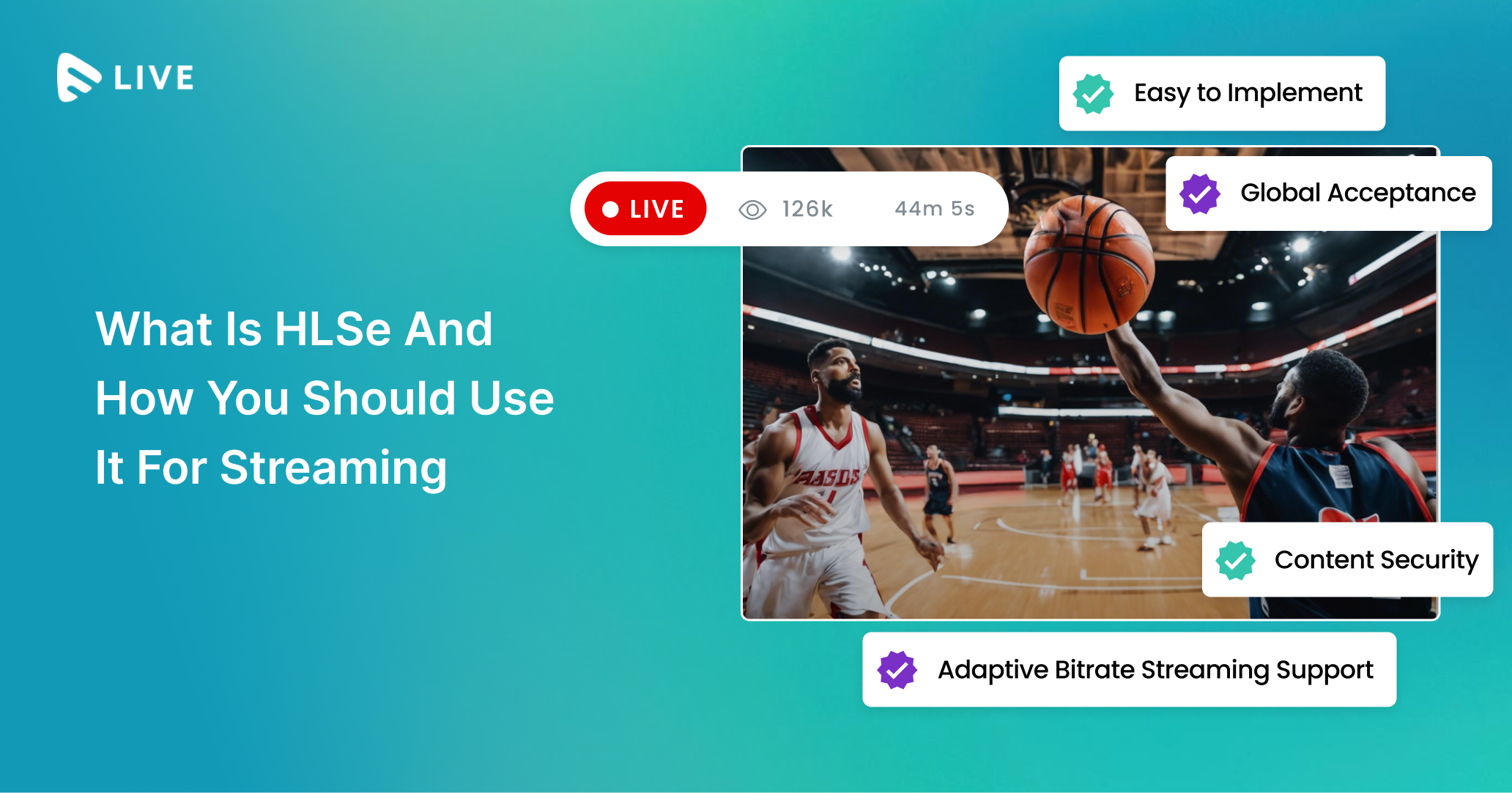


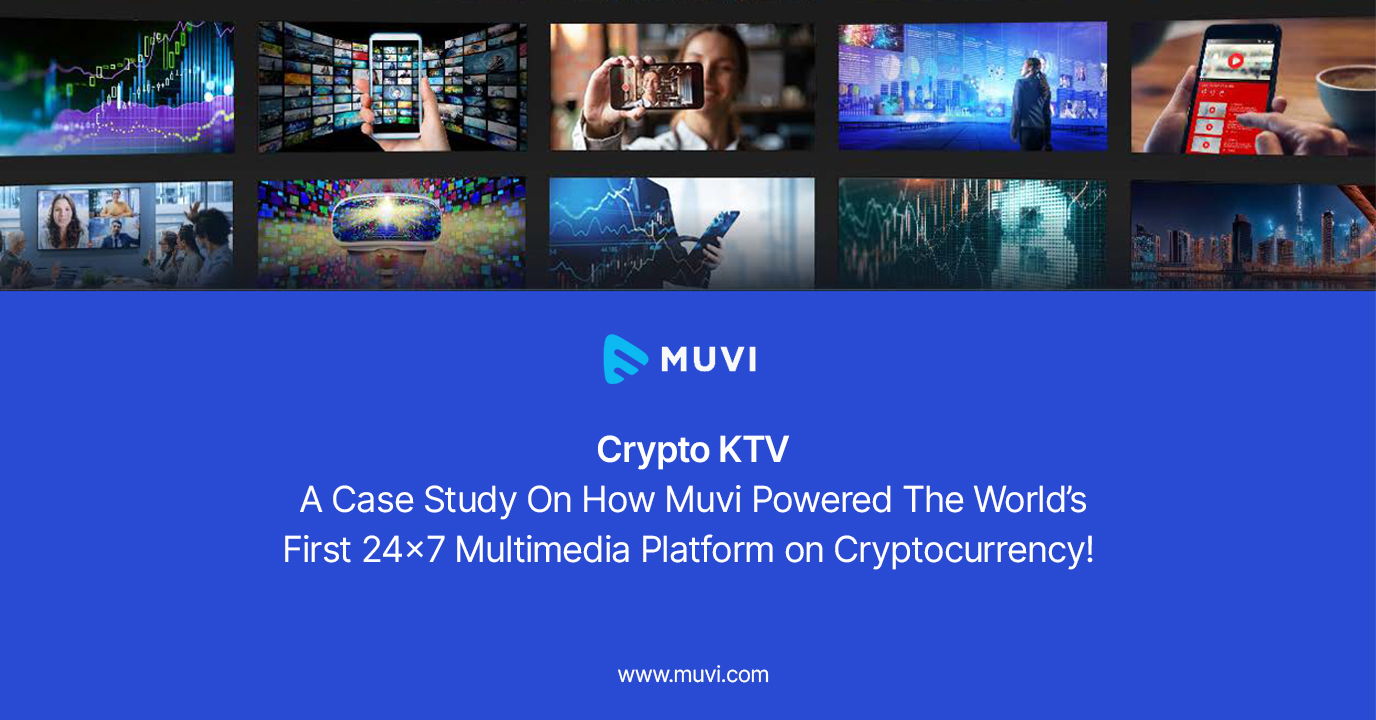
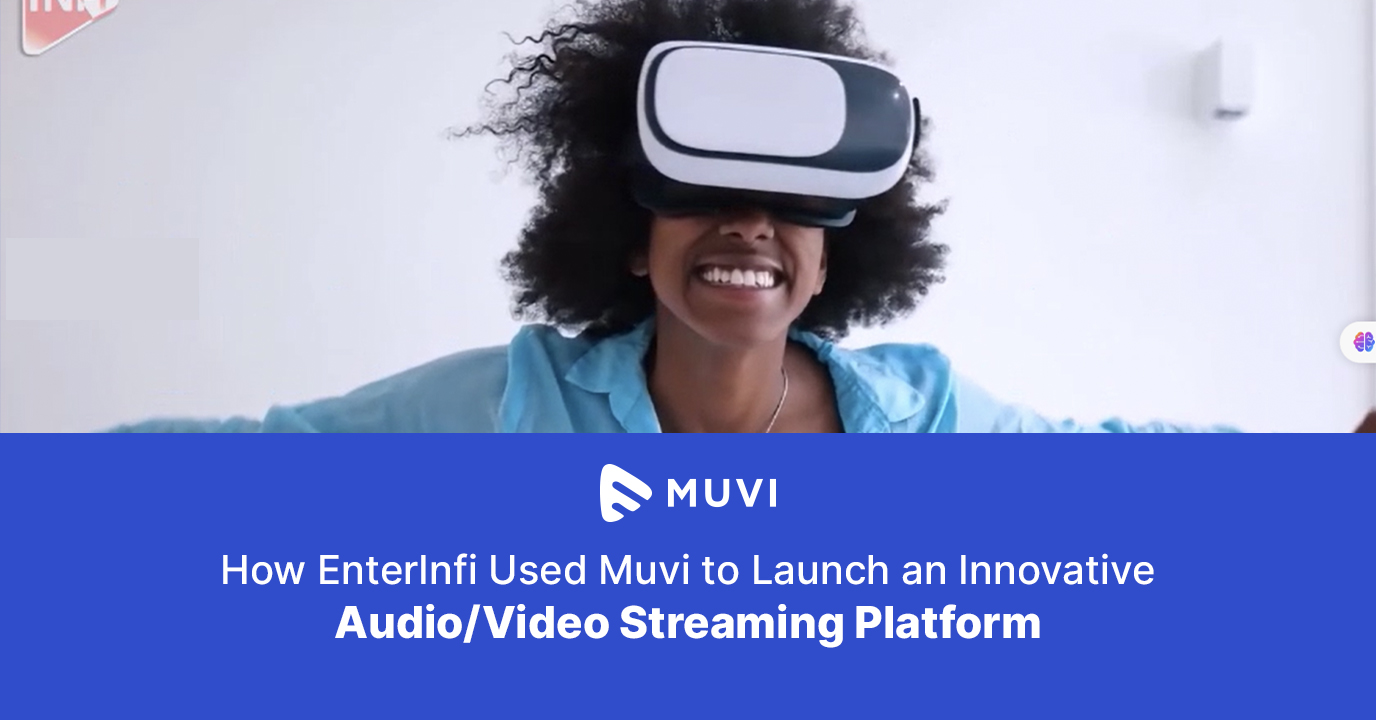





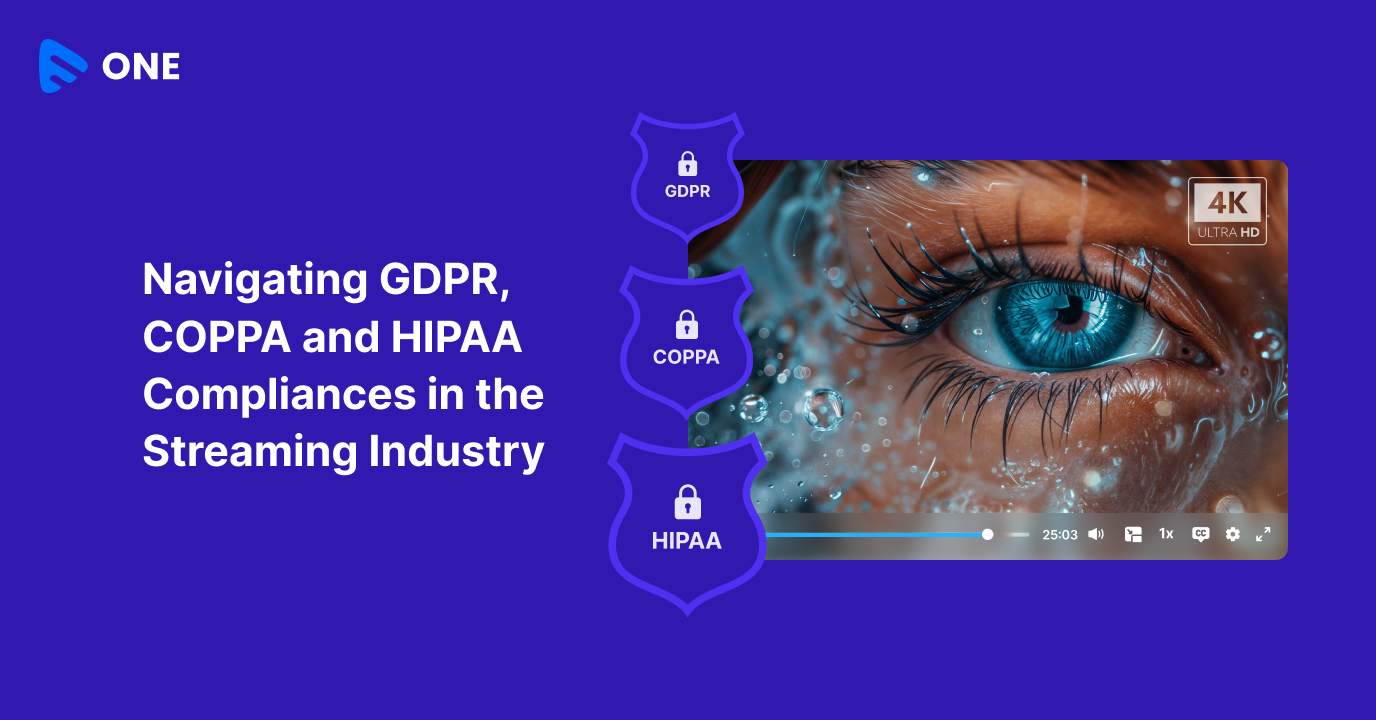

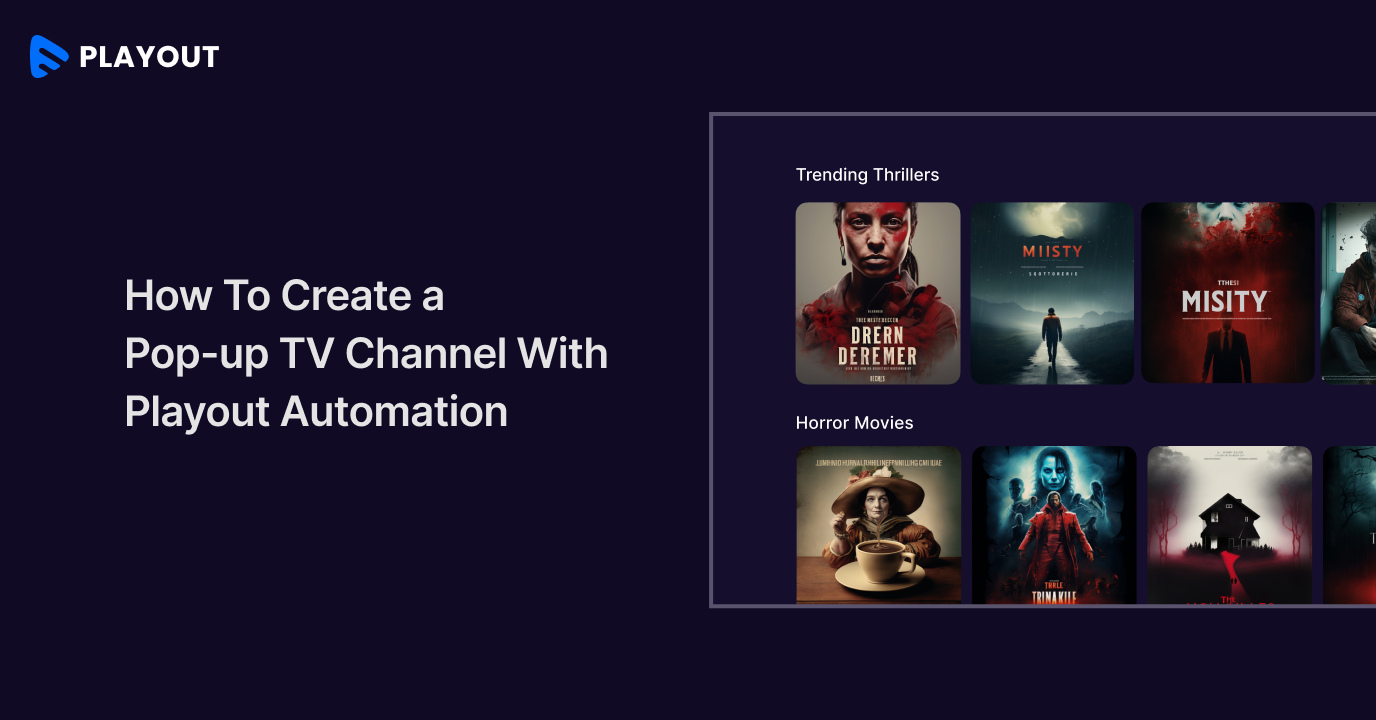



Add your comment